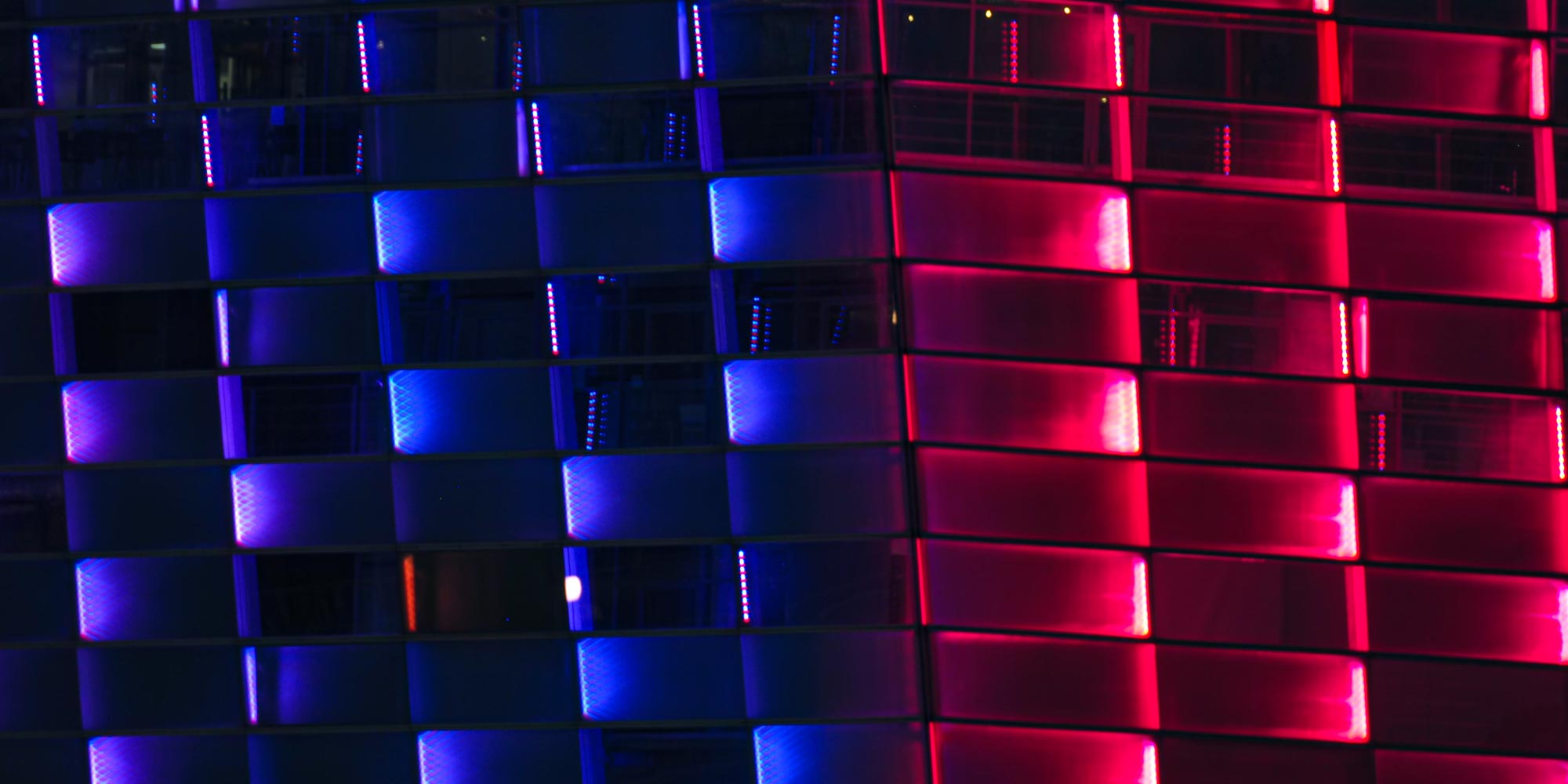
Projects
2022
-
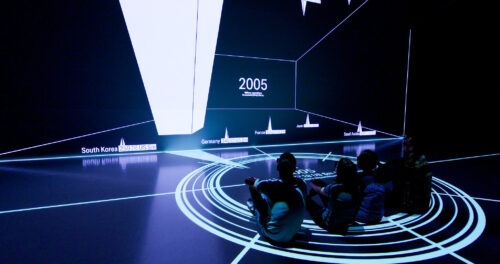
Dataspace
Global impacts of the Russian war on Ukraine
What is truth, what is the role of journalism, and how can art and journalism contribute in a meaningful way in the midst of seemingly endless crises? Dataspace is a project that proposes a form of “newspaper of the future,” showcasing data on the profound impact of Russia’s war on Ukraine in the Ars Electronica…
-
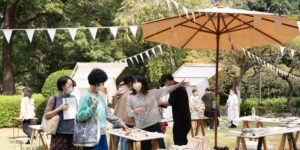
Circular Creativity
Matsudo International Science Art Festival 2022
The Matsudo International Science Art Festival is a yearly celebration that takes place in the beautiful city of Matsudo in Japan. In 2022, the theme of the festival was “Circular Creativity”, exploring how we can all respectfully coexist with nature and people of different backgrounds on our one and only planet, Earth.
-

WebExpression
Painting Our Hybrid Working World in Real-Time
A composition of strands, strings, and tones in an imaginary space makes up this vivid real-time painting to artistically interpret anonymized data of today’s hybrid working world.
-
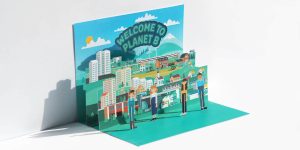
Welcome to Planet B
A Children’s Pop-Up Book About Climate Change
The Futurelab application Welcome to Planet B brings climate decisions to Deep Space 8K. To translate the project to a child-friendly format for 8- to 12-year-olds, a team at the lab created a matching interactive pop-up book. It is designed to get kids excited about climate protection and to marvel, grasp and understand – and,…
-
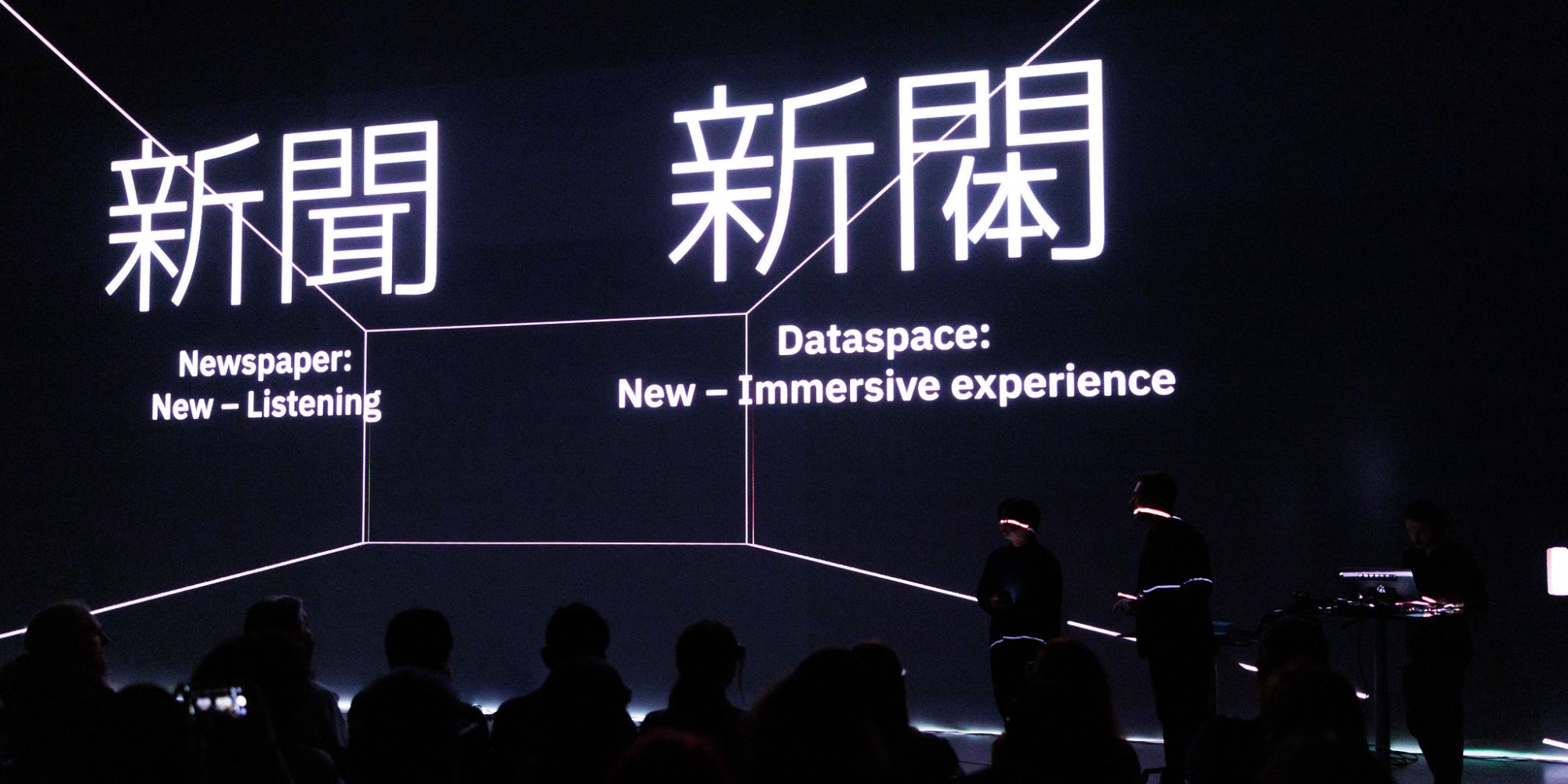
Artistic Journalism 2022
Online Course on Literacy for the Futures
Ars Electronica Futurelab and Keio University SFC have jointly established an online lecture named “Artistic Journalism” as a literacy for the futures, starting in 2020. Futurelab’s Artistic Director Hideaki Ogawa was invited to teach the experimental class from the Ars Electronica in Linz, Austria.
-

Northeastern University 2022
Ars Electronica Futurelab Academy
In July 2022, students from Northeastern University (Boston, USA) joined the Futurelab for the second time for a three-day interactive art workshop. It focused on creating experiences for the Ars Electronica media facade – the glowing, colorful centerpiece of the city and second skin of the Ars Electronica Center.
-
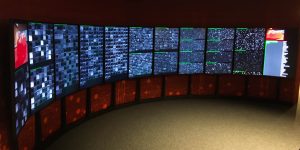
Mission KI
Hands-On Exhibits on Artificial Intelligence
In collaboration with the Ars Electronica Futurelab, the Deutsches Museum in Bonn has reinvented itself to become a central platform for the future topic of artificial intelligence: in two themed experience rooms, visitors to the Mission KI (Mission AI) exhibition can now explore the key technology of the 21st century.
-
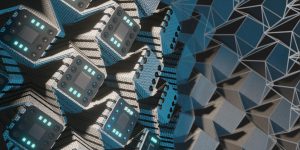
ORI*BOTICS
The Art and Science of Robotic Origami
ORI*BOTICS, the art and science of robotic origami, is a follow-on research project that continues the investigation of origami, technology and nature. It extends on our novel methods for designing and making strong, flexible and highly irregular origami from textiles and 3D printing, namely Fold Printing and Fold Mapping.
-
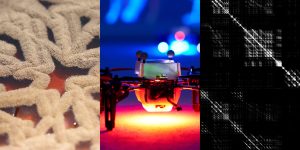
Future Ink
In Creativity, Where Is My Soul?
The Future Ink Project is a research project to explore the future of creativity from all aspects of ink. Various prototypes were developed in the course of Future Ink, from using tablets and drones to paint to visualizing brainwaves and body signals as immersive three-dimensional ink.
-
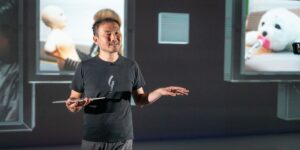
Artistic Journalism
Artistic journalism is the act of creating a social dialogue through artistic expression, research, exploration, and action. To engage students in this method, Ars Electronica Futurelab co-director Hideaki Ogawa has been teaching “Artistic Journalism” online courses at Keio University SFC (Shonan Fujisawa Campus).
-

CoBot Studio
As humans and robots work together ever more closely, their joint success is linked to certain preconditions: How do you create safe working environments? How can we increase the acceptance of robots in everyday work? And how do you communicate with a colleague who consists only of a gripper arm?
-
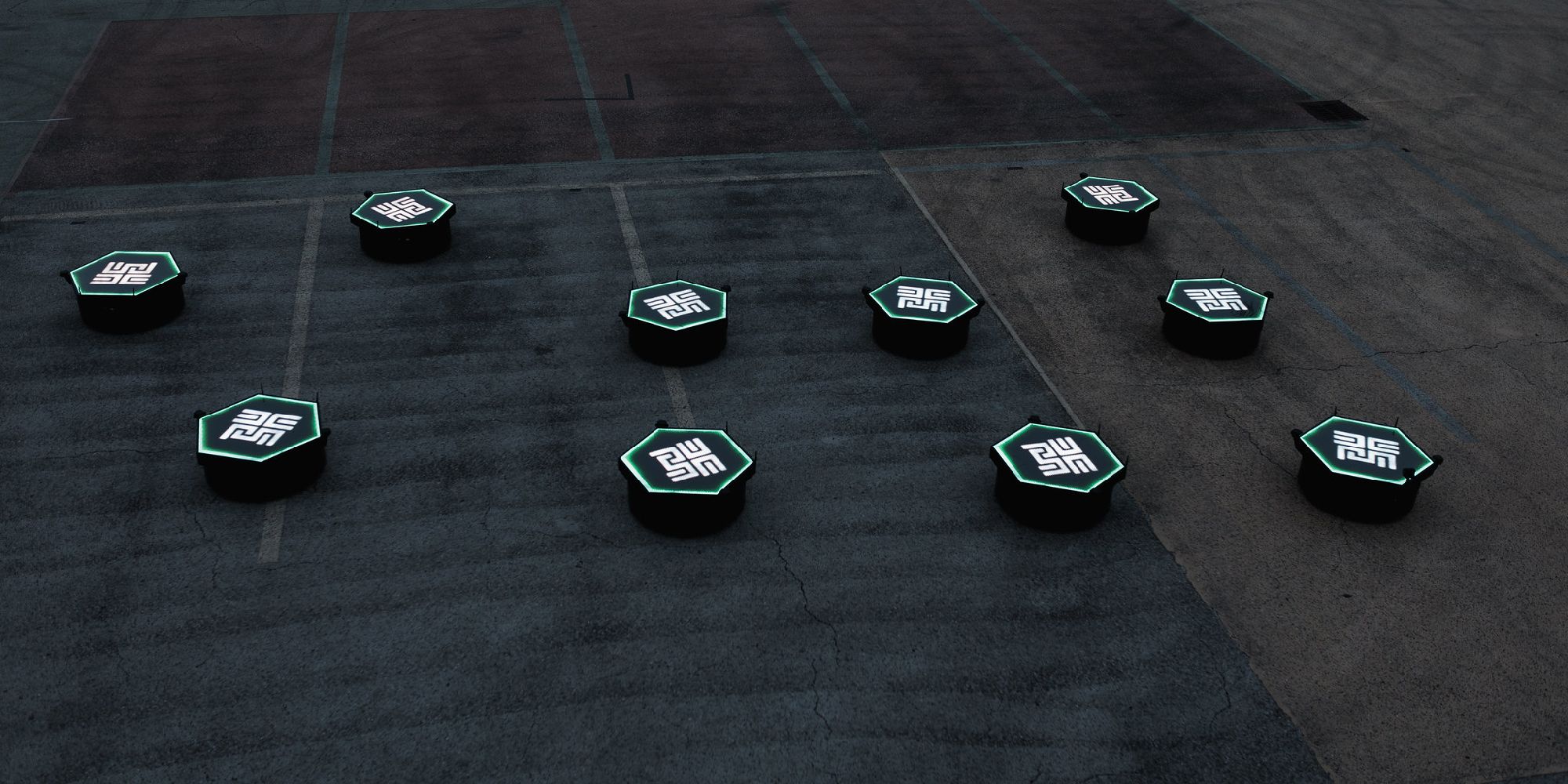
swarmOS
swarmOS is a powerful operating system to control large-scale swarms of UAVs (flying drones) as well as UGVs (drones that drive on the ground), invented and constantly expanded by the Ars Electronica Futurelab.